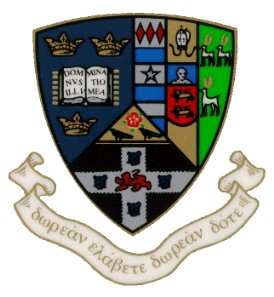| |
| author |
Ashley Rogers
| | title |
Effect of habituation on seed consumption and species abundance of birds at feeders at Drew University and the Great Swamp Watershed Association–Conservation Management Area
| | abstract |
The provisioning of seed-eating birds has grown in recent years, impacting their health,
reproduction, and survivability. However, since few studies have focused on the impact that
habituation plays in the abundance and foraging habits of these species, I positioned feeders at
two sites in Northern New Jersey. The first was the Zuck Arboretum, a broadleaf forest at Drew
University (Madison, NJ), where birds are well habituated to both feeders and humans. The
second location was the Great Swamp Watershed Association–Conservation Management Area
(GSWA-CMA), a less habituated restoration site in Harding Township. Both sites contained two
feeders, with one close to the human foot trail and the second approximately 20m away, to
comprehend how distance influences foraging behavior. To achieve these goals, I refilled the
feeders twice per week for 10 weeks, establishing trail cameras for continuous monitoring. I
hypothesized that Zuck would possess a larger species richness and visitor count than the CMA,
with CMA birds exhibiting more vigilance, a behavior correlated with lower levels of
habituation. I also predicted that far feeders would have a greater number of avian species and
visitors, to avoid potential risks associated with being near humans. Furthermore, I hypothesized
that all of the seed would be consumed at both sites shortly after setting up my feeders. After
analyzing my data, I found that site impacted both the average amount of seed removed and the
number of visitors observed, while distance from the trail only affected the quantity of visitors.
In particular, while the average amount of seed removed from Zuck surpassed the quantity taken
from the CMA, more visitors were seen at the CMA and far feeders, potentially because of the
higher quantity of cachers and small birds observed. At the CMA, species richness grew over
time, as birds became habituated to the feeders, stabilizing around week 5. However, species
richness each week at Zuck exceeded that of the CMA. Additionally, while some species
maintained their dominant or subordinate status, many birds' rankings fluctuated based on the
identity of the other visitors. More vigilance was seen at the CMA than Zuck, supporting my
hypothesis that CMA birds respond more to the presence of people. Finally, season and
temperature influenced the quantity of birds visiting the CMA, but not Zuck. While CMA birds
experienced a decline in the quantity of natural food sources in late autumn, many birds at Zuck
may not have experienced these same constraints, as food is frequently left behind by the college
community, supporting generalists, like Blue Jays (Cyanocitta cristata). Future scientists could
utilize my research as a baseline to establish a more complete understanding of how best to
support diverse, seed-eating avian populations in New Jersey and around the world.
| | school |
The College of Liberal Arts, Drew University
| | degree |
B.S. (2025)
|
| advisor |
Tammy Windfelder |
| full text | ARogers.pdf |
| |

